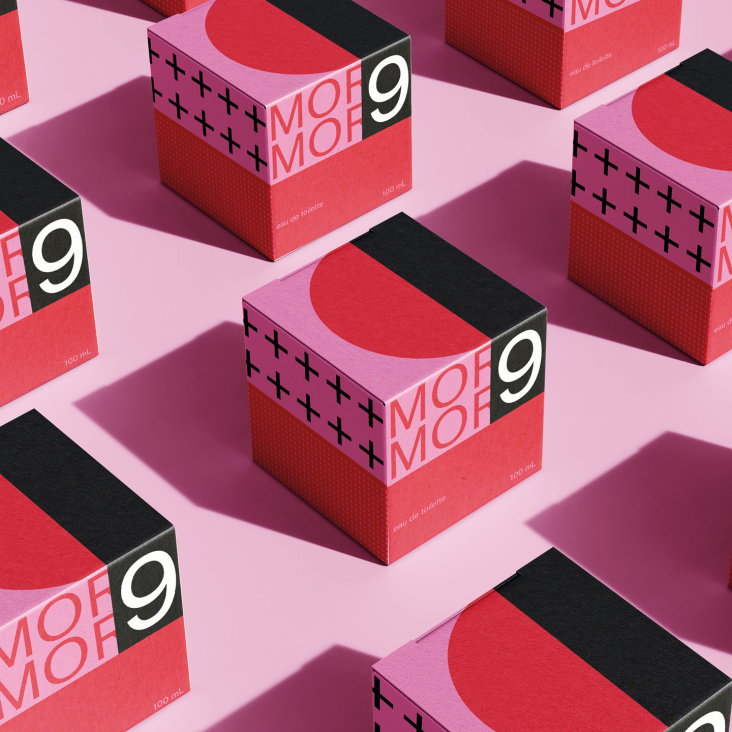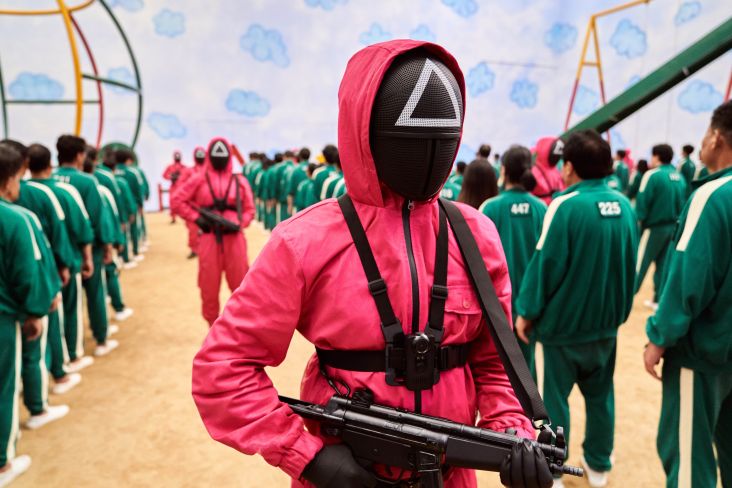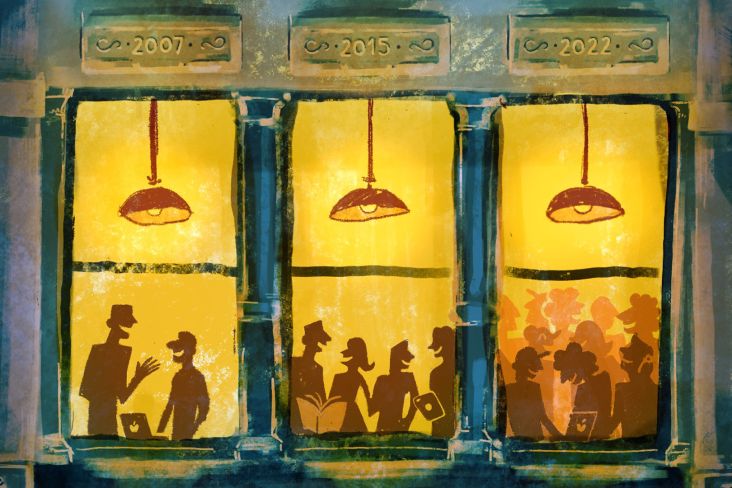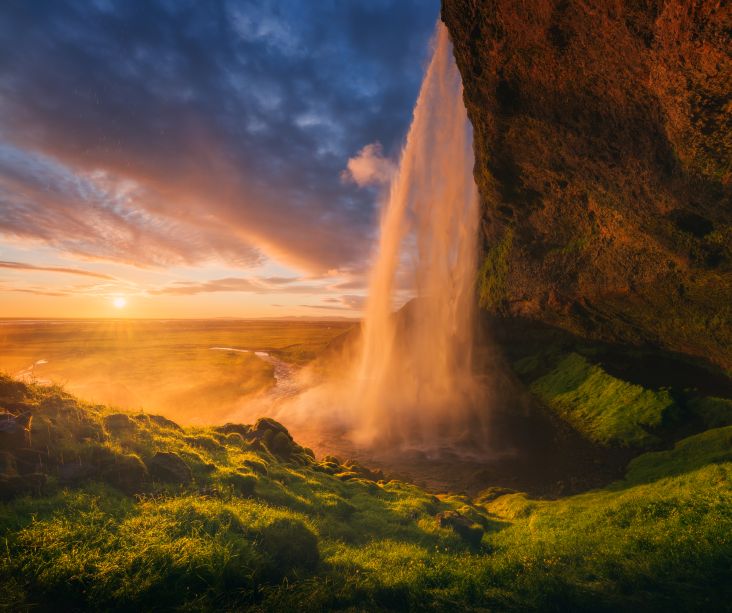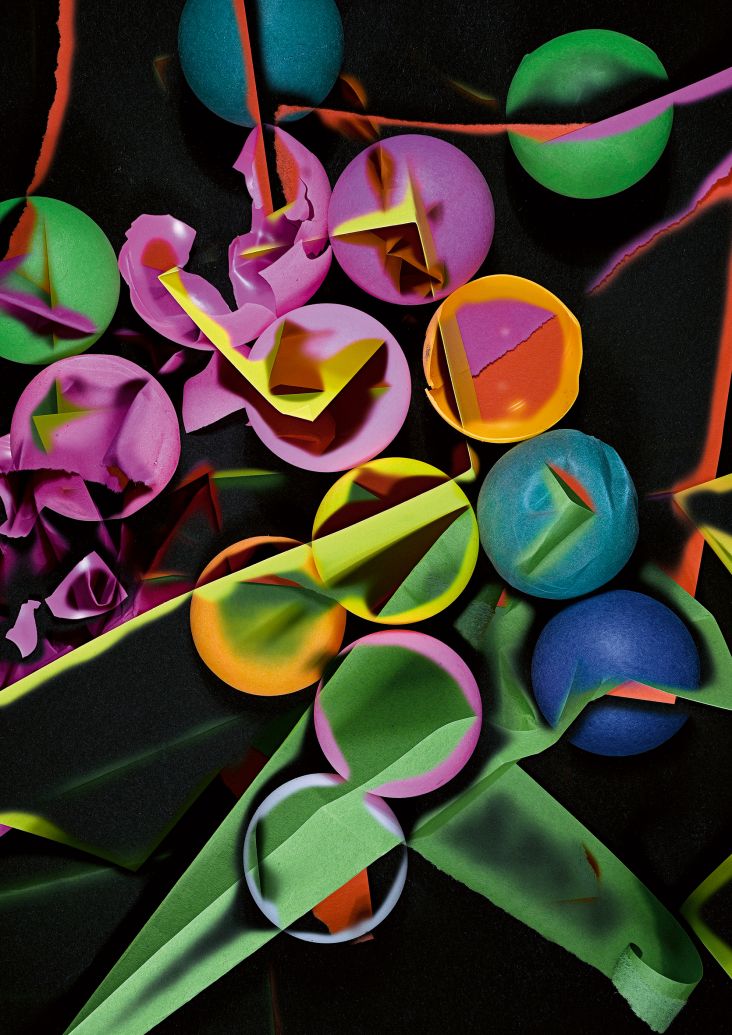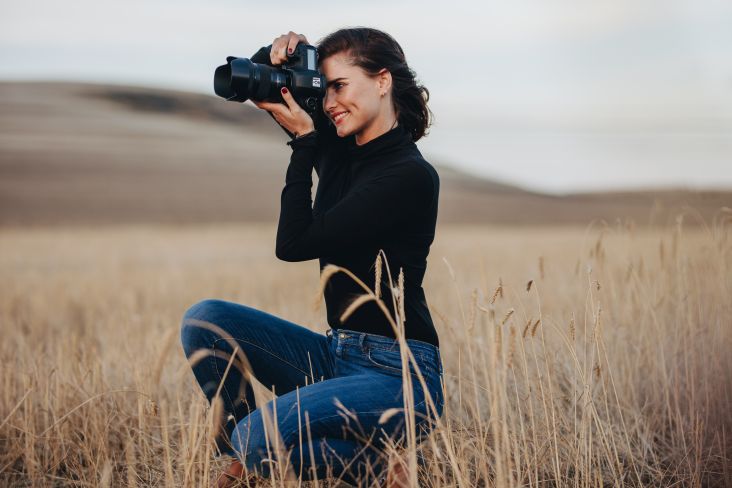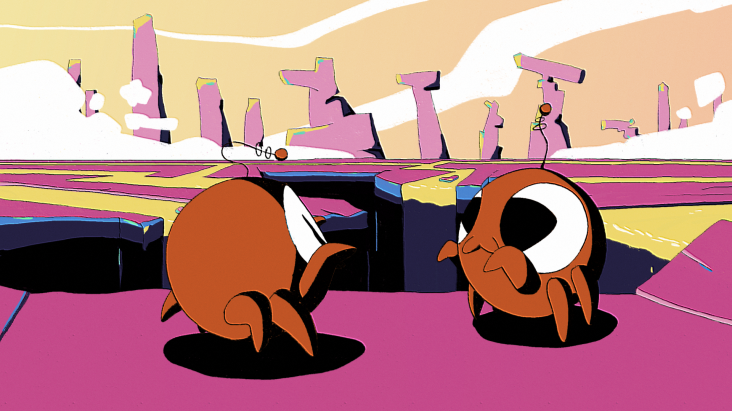Italian designer Astrid Stavro on joining COLLINS, finding your passion, & escaping your comfort zone
As ex-Pentagram Partner Astrid Stavro arrives at COLLINS, we chat to her about her hope and dreams for the future, both for herself and the creative industry as a whole.
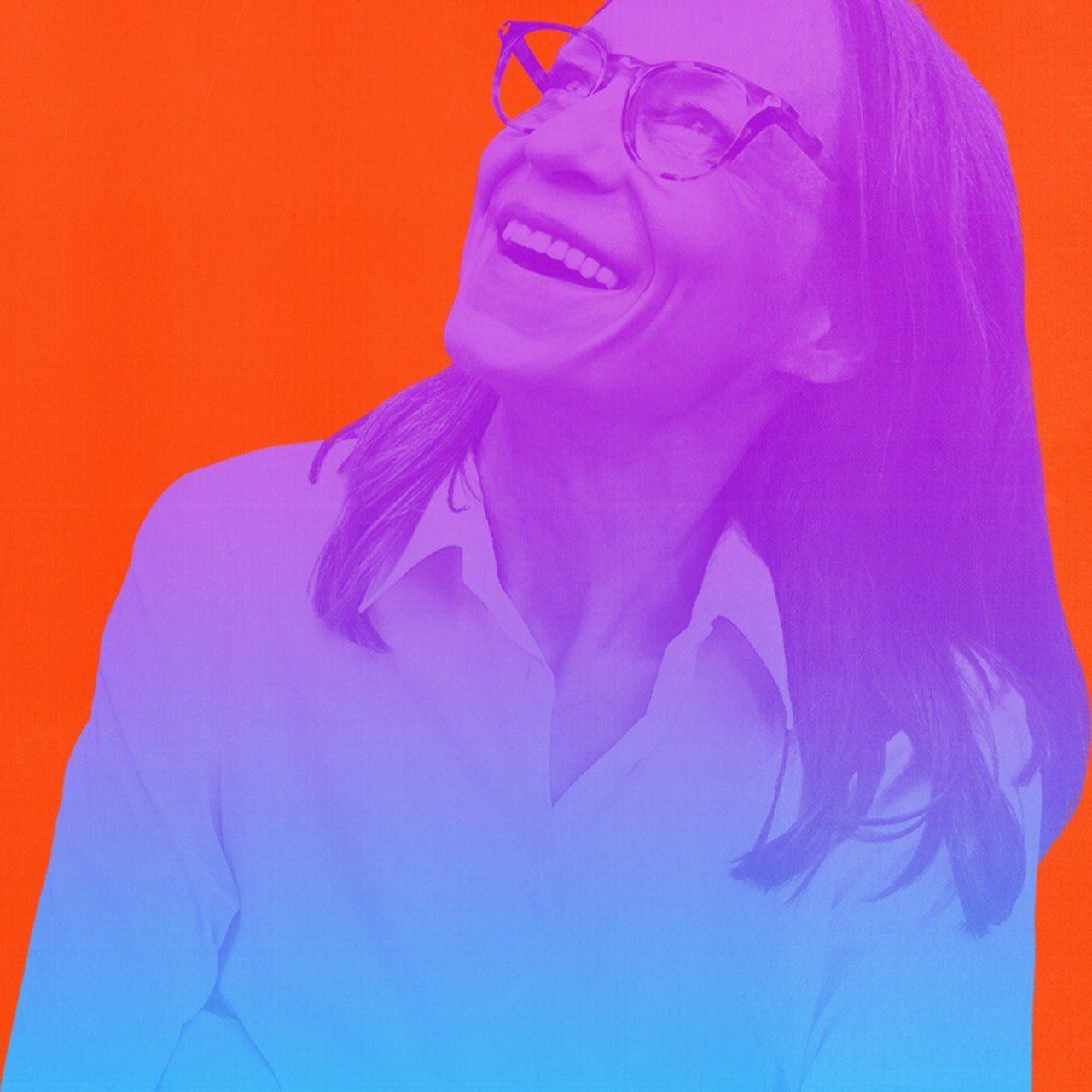
Here at Creative Boom we're big fans of COLLINS, a brand experience design company based in New York and San Francisco, known for their stellar work for clients such as CNET and San Francisco Symphony.
So it's great news that the agency has just bolstered its team further by luring celebrated Italian designer and former Pentagram partner Astrid Stavro to become its new VP and creative director.
Astrid has a reputation for strong concept-driven design that's succinct and emotionally engaging, with an emphasis on exquisite typography and craft. Her clients span the cultural and commercial worlds, and her work – which has received over 150 international awards – encompasses brand identity, editorial, exhibition design, wayfinding systems, and packaging.
Landing Astrid is another milestone for COLLINS in a year that's seen it open a new, specially-designed studio in Williamsburg, Brooklyn, and made key leadership additions, including VP of people Lauren Ranke. We chatted to Astrid to find out why she's excited, what she expects of the role, and how this new move fits into her career story to date.
"You grab the bull by the horns."
Astrid left Pentagram in late 2021 and originally went solo again. So it might surprise some to see her back in a salaried role again so quickly. But she simply describes it as: "A no-brainer: an amazing opportunity at the perfect moment in time. Either you grab the bull by the horns, or you don't."
It's a principle she's followed throughout her career to date, which has taken her all around the world. Born in Trieste, Italy, Stavro speaks five languages and has lived in Italy, Spain, the Netherlands, the United States and the UK.
After studying a BA in graphic design at Central Saint Martins College of Art & Design (1997-2000) and an MA at Royal College of Art (2002-2004), she kicked off her career by leading the celebrated redesign of London-based culture magazine Elephant and went on to work with clients including Barcelona Design Museum, Camper, Vitra, Phaidon, McKinsey & Company, Acciona and AB InBev.
Astrid directed her own award-winning studio in Barcelona for ten years. In 2013, she co-founded the brand and design consultancy Atlas with Pablo Martín, based in the Balearic Islands. Then in 2018, she was invited to join Pentagram in London as a Partner.
At the iconic global agency, she directed her own team for three years and worked with clients including Magnum, Acciona, the Stauffer Center for Strings, the National Ambulance Mental Health Group, Fedrigoni Fabriano Foundation and OffLimits cereals.
"From running my own design practice to co-founding Atlas to being a partner at Pentagram, every experience has been unique, amazing and rewarding in different ways," she recalls. "I have learned about design, the business of design, managing creative teams, nurturing and mentoring young designers and making mistakes. As the Spanish philosopher José Ortega y Gasset said, 'Life is a series of collisions with the future; it is not the sum of what we have been, but what we yearn to be'. What excites me most about joining COLLINS is not what I have done, but what we can do."
"We share the same insatiable passion."
And she's relishing, one more, to be surrounded by people. "The nature of our profession is collaborative," she notes. "One of the many reasons for joining COLLINS was to work within a bigger team. Collaboration leads to more meaningful and transformative work.
"To say that I'm excited about joining COLLINS would be an understatement," she adds. "I have known and admired their work for quite some time. After multiple conversations with Leland Maschmeyer and Brian Collins, I realised that – besides the ambition to create timeless and meaningful work – we shared the same insatiable passion, curiosity and ways of thinking about the transformative power of design."
Currently based in London, Astrid will lean into her international background to support COLLINS' set of European clientele. "My nomadic sense of belonging has made me quite chameleonic," she points out. "Understanding the culture of a place and its people is essential. The fact that I live in London and speak European will hopefully enable closer, more meaningful and culturally relevant experiences and relationships."
But Astrid is by no means resting on her laurels, starkly aware of just how much the industry is changing right now. "The pandemic has made what previously seemed impossible possible: it accelerated the future," she notes. "For example, the shift to remote ways of working would have seemed unimaginable less than three years ago. It's a cultural paradigm. Design didn't change; we did."
And new technical developments, such as the use of AI in intelligent design software like DALL-E, are only adding to this tumult. "We're just starting to open Pandora's box," Astrid says. "The possibilities are as exciting as they are endless. Are we set for another huge shift? Absolutely!"
The shift to remote ways of working would have seemed unimaginable less than three years ago. It's a cultural paradigm. Design didn't change; we did.
"We are the sum of our experiences."
More specifically, she is excited about the shifts in typography we've seen over the last decade. "One of the most exciting recent changes is how animation revolutionised typographic experimentation," Astrid explains. "Through movement, words and letters have become imbued with emotion, energy and personality.
"A great example is the work that COLLINS created for the San Francisco Symphony," she continues. "It's responsive and variable: each character flexes to the needs of its application and the sound of music. It shows the power of variable font technology as a tool to elevate brand voice and content. I'm more excited about the future as technological innovations continue to change and evolve."
The job of the designer, of course, is to harness that technology in creative and imaginative ways. In doing so, one of the most important sources of inspiration for Astrid, perhaps surprisingly, is classic literature.
"I have been an avid reader from a young age," she explains. "My biggest influences have been the books I read: everyone from Borges to Julio Cortazar, W.G. Sebald to Cesare Pavese, Thomas Bernhard to Aldous Huxley, Knut Hamsun to James Joyce, Virginia Woolf to Oscar Wilde. They have been my best teachers and mentors.
"I'm currently reading a book called 'Consolations: The Solace, Nourishment, and the Underlying Meaning of Everyday Words' by the Anglo-Irish poet David Whyte," she continues. "A wonderful gift from Brian [Collins, co-founder of the agency]. Words are powerful. One thing I always tell young designers is to read more books, absorb as much knowledge and gain as many experiences as they possibly can. We are the sum of our experiences. The richer we are, the richer our work will be."
That said, Astrid finds inspiration elsewhere too. "From the wonders of nature to Ludwig Wittgenstein's passion for making kites," she adds. "From the behaviour of wolf packs to the Indian mathematician Srinivasa Ramanujan."
If you feel safe in the area that you're working in, you're not working in the right area. Always go a little further into the water than you feel you're capable of being in.
"Go out of your depth."
So what are her hopes and dreams for her new role? "One of the things that I love about COLLINS is that it brings the craft and attention to detail approach of small studios to large-scale clients and audiences," she responds. "I look forward to applying my passion for the craft of design to complex and strategic brand projects for larger organisations.
"My role is to work closely with clients, CCOs, strategists and designers to distil complex business challenges into compelling ideas and easy-to-understand visual systems," she continues. "As Brian says, 'Design is not what we do. It's what we make possible for others.' Ultimately, my role is to push our clients and ourselves out of our comfort zones to create the best possible work."
Finally, to sum up, what she's learned over the years, she shares the following David Bowie quote.
"If you feel safe in the area that you're working in, you're not working in the right area. Always go a little further into the water than you feel you're capable of being in. Go a little bit out of your depth, and when you don't feel that your feet are quite touching the bottom, you're just about in the right place to do something exciting."




 by Tüpokompanii](https://www.creativeboom.com/upload/articles/58/58684538770fb5b428dc1882f7a732f153500153_732.jpg)

 using <a href="https://www.ohnotype.co/fonts/obviously" target="_blank">Obviously</a> by Oh No Type Co., Art Director, Brand & Creative—Spotify](https://www.creativeboom.com/upload/articles/6e/6ed31eddc26fa563f213fc76d6993dab9231ffe4_732.jpg)









